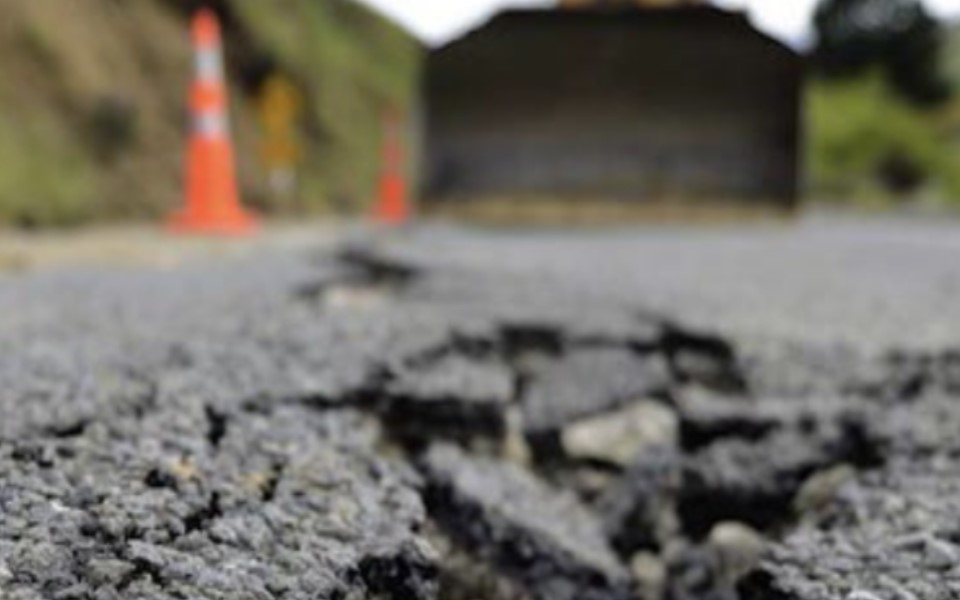It’s an unfortunate fact that natural disasters are a common part of our world. Many of us have firsthand experience with the damage a bad storm can do to our homes and communities, to say nothing of the loss of life that occurs during a major catastrophe. Earthquakes in particular have been known to wreak havoc when they hit. From Haiti, to Japan, to California, there is no shortage of examples of how a single earthquake can completely decimate the lives of people in affected areas. The good news is that the more we learn about earthquakes, the better prepared we are for when they occur, and this presents educators with a very promising opportunity.
Every classroom has the potential to create positive, meaningful change when equipped with the right knowledge. By teaching students about earthquakes – how they’re caused and how we can safeguard against them – teachers can provide their classrooms with practical, actionable strategies that will not only prepare students for a worst-case scenario, but also help them better understand that natural forces that make up this planet we call home. Here are just a few activities teachers can use to introduce their students to quakey, shaky earthquakes:
- How Earthquakes Happen: Take advantage of an interactive thinglink adventure that walks students through the various forces that combine to create earthquakes. To unlock the next page and continue their journey, students will need to answer a reading-comprehension question with each answer hidden somewhere on the page. Students can finish their quest by reflecting on their learning using the How Earthquakes Happen Reflection Form. When finished, they can discuss as a class what they’ve learned about these disasters.
- Earthquakes through the Years: Teach students about some of the most destructive and devastating earthquakes throughout history. In this activity, students will learn about 12 incredibly damaging earthquakes. Then, they will identify what they believe to be the most devastating earthquake and create an infographic using the information they’ve gathered. Finally, students will respond to a set of reflection questions to make them think about earthquakes more deeply.
- Practical Reading: There’s never a bad time to introduce your students to a good book. Consider adding topical reading to your classroom bookshelves. Some good recommendations include The Magic School Bus Inside the Earth which takes students on a fun, subterranean adventure, or Hope for Haiti which can help students navigate the social-emotional toll that an earthquake can have on a community. By setting aside designated reading time, students can strengthen their language skills while also discovering the science behind earthquakes.
- Engineer Solutions: Once students understand how earthquakes happen, the next step is to consider how they can use their knowledge to make the world a safer place. Use this video to investigate three earthquake-resistant buildings around the world and learn what gives them an advantage over other infrastructure. Finally, have students volunteer ideas for building better, earthquake-proof buildings.
If you found these strategies to be helpful, be sure to check out the Inquiry in Action lesson, Disaster Detectives: Earthquakes. This free resource comes with five, inquiry-based activities that get students investigating our planet’s natural forces while exercising their curiosity, creativity, and critical thinking. By working together, students can help protect the cities of tomorrow from natural disasters, and build a future where their understanding of nature informs their civic and professional decisions. Summer may be on the horizon, but there’s never been a better time to get started.
